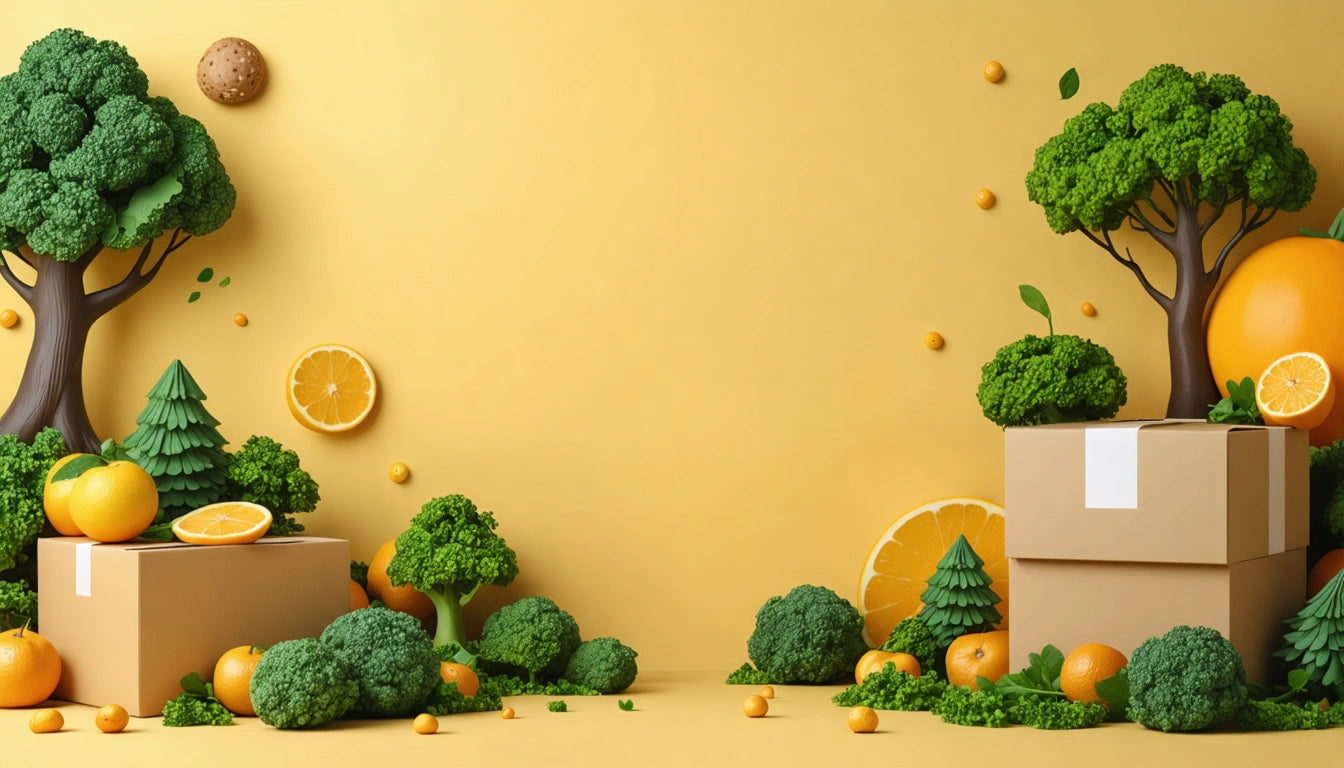Table of Contents
Can You Use Biodegradable Films for Delta-8 Packaging?
As the Delta-8 THC market expands, brands are increasingly seeking sustainable packaging solutions that align with consumer environmental values while meeting strict regulatory requirements. Biodegradable films represent a promising option, but their implementation comes with specific considerations unique to cannabis-derived products.
Biodegradable Films for Delta-8: Balancing Sustainability and Compliance
Biodegradable films can indeed be used for Delta-8 packaging, but with important caveats. These materials must still satisfy the dual requirements of product preservation and regulatory compliance. The key challenge lies in developing films that break down environmentally while maintaining the barrier properties and child-resistant features required for cannabinoid products.
According to comparative analyses of Delta-8 and CBD packaging regulations, Delta-8 products typically face stricter packaging requirements due to their psychoactive properties. This creates an additional hurdle for biodegradable options.
Compliance Requirements for Delta-8 Packaging
Child-Resistant Features
The primary compliance concern for Delta-8 packaging is child resistance. Federal safety standards for special packaging require that containers be significantly difficult for children under five to open while remaining accessible to adults. Many traditional biodegradable films struggle to meet these mechanical requirements without additional non-biodegradable components.
As outlined in guidelines for Delta-8 gummies, child-resistant packaging is mandatory in most jurisdictions, regardless of the sustainability profile of the packaging material.
State-Specific Requirements
Packaging regulations vary significantly by state. State-by-state packaging rules show that some jurisdictions have specific requirements regarding opacity, labeling, and tamper evidence that may affect material selection for biodegradable options.
Current Biodegradable Packaging Options
Several biodegradable materials show promise for Delta-8 packaging applications:
- PLA (Polylactic Acid) Films: Derived from renewable resources like corn starch, these films offer good clarity and printability but have limitations in moisture and oxygen barrier properties.
- Cellulose-Based Films: Made from wood pulp, these offer excellent biodegradability and can be engineered for transparency or opacity.
- PBS (Polybutylene Succinate): Offers improved flexibility and barrier properties compared to PLA.
- PHA (Polyhydroxyalkanoates): Microbially produced polymers with good barrier properties and marine biodegradability.
When selecting materials, brands must consider how these options align with emerging packaging trends in the Delta-8 market, which increasingly emphasize both sustainability and premium positioning.
Performance Challenges with Biodegradable Films
Barrier Properties
Delta-8 THC is sensitive to oxygen, light, and moisture, which can degrade the compound and reduce potency. Many biodegradable films have inferior barrier properties compared to conventional plastics, potentially compromising product shelf life.
This is particularly relevant for protecting Delta-8 vapes from environmental factors, where multiple barrier properties are essential for product integrity.
Mechanical Strength
Child-resistant mechanisms often require materials with specific mechanical properties. Biodegradable films may not maintain consistent tear strength, puncture resistance, or seal integrity throughout their shelf life, potentially compromising compliance.
Cost Considerations
Biodegradable films typically cost 20-100% more than conventional plastic films. This premium must be balanced against consumer willingness to pay for sustainable options and the marketing value of eco-friendly packaging.
Successful Implementation Strategies
Companies successfully using biodegradable films for Delta-8 packaging typically employ these strategies:
- Hybrid Approaches: Using biodegradable films for outer packaging while maintaining conventional materials for primary child-resistant components.
- Material Innovation: Investing in custom formulations that enhance the barrier and mechanical properties of biodegradable films.
- Consumer Education: Clearly communicating the sustainability benefits and proper disposal methods for biodegradable packaging.
- Compliance Partnerships: Working with packaging suppliers who understand both sustainability goals and Delta-8 compliance requirements.
As the regulatory landscape evolves, staying informed about retailer expectations for Delta-8 packaging will help brands balance sustainability initiatives with market requirements.
The intersection of biodegradable materials and Delta-8 packaging represents an emerging frontier in cannabis product development. With careful material selection, design considerations, and compliance awareness, brands can successfully implement more sustainable packaging solutions while maintaining regulatory compliance and product integrity.











Leave a comment
All comments are moderated before being published.
This site is protected by hCaptcha and the hCaptcha Privacy Policy and Terms of Service apply.